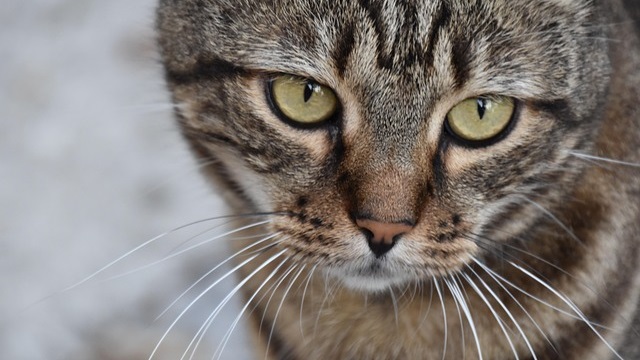Why Is My Cat Losing Hair? 6 Common Causes and How to Help
Fur tufts around the house? Hair everywhere every time you stroke or hold your cat? It’s time to find answers to the question “Why is my cat losing hair?”
While some shedding is normal, excessive hair loss can indicate an underlying issue. There are various reasons why your cat might be losing hair, from allergies to stress and even medical conditions.
Understanding the cause can help you take the right steps to take care of your pet’s hair health.
And Maven Pet can help you get the answers you need! The Maven Pet smart collar allows you to keep track of behavioral and physical changes in your cat, helping you detect early signs of significant issues.
Keep reading to find out what might be impacting your cat’s hair health. In this article, we talk about six common causes of hair loss and when it’s time to see a vet.
- Excessive hair loss in cats can indicate allergies, stress, or underlying medical conditions that require attention.
- Maven Pet's smart collar helps track behavioral changes, assisting in early detection of health issues.
- It's crucial to consult a vet for severe or persistent hair loss, especially with additional concerning symptoms.
6 Common Causes of Hair Loss in Cats
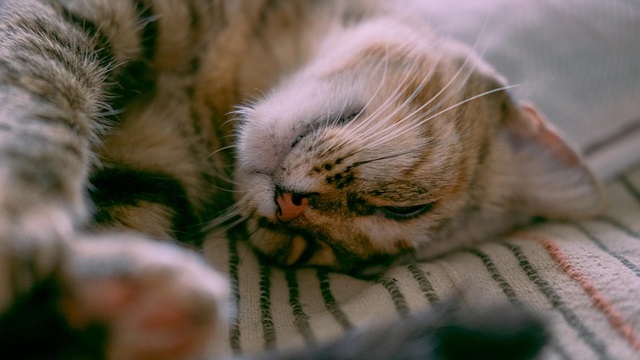
Several reasons can lead to cat hair loss, but today we’re focusing on the most prevalent ones.
1. Allergies
If you are wondering “Why is my cat losing hair on her back?” allergies can be the answer.
Allergies are one of the most common causes of cat balding, more often than not along the back or the base of the tail.
Cats can develop allergies to food, fleas, dust, pollen, or certain cleaning products. These allergies often cause itching and discomfort and usually lead to hair loss.
- Causes: Food allergies, flea bites, dust, or pollen exposure.
- Symptoms: Excessive scratching, red patches, hot spots, bald patches, or excessive licking.
- What you can do: Identifying the allergen is key. If fleas are the issue, a flea prevention treatment can help. For food allergies, a special diet may be necessary. You may also want to remove any potential environmental allergens by cleaning your home regularly.
2. Stress & Over-Grooming
Stress is another common cause of hair loss. Cats are sensitive creatures, and changes in their environment or routine can cause anxiety. This anxiety can lead to excessive grooming, which may result in hair loss or bald spots.
- Causes: Anxiety, boredom, new pets or people in the home, or changes in daily routines.
- Symptoms: Excessive licking, chewing on fur, bald patches, or hair thinning in specific areas.
- What you can do: Provide your cat with a stable environment and enrich their routine. Interactive toys, cozy hiding spots, and a calm space for relaxation can help reduce stress. Regular playtime with your cat can also prevent boredom and reduce anxiety.
“Every time Umi is hospitalized, it’s for like four days and it costs over $5,000… Maven has helped me not only save money but also save his life”
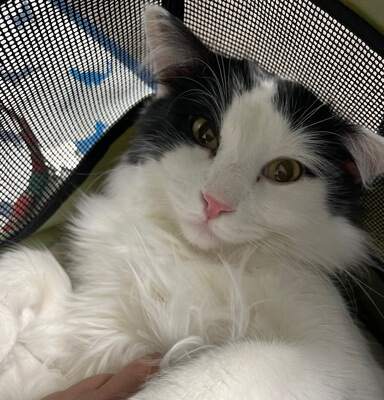
★★★★★
Jessica Ortiz
Umi
3. Parasites
Fleas and mites are also common culprits behind cat hair loss. These parasites infest your cat’s skin, causing itching, scratching, and irritation. With time, this leads to cat balding, which causes severe discomfort.
- Causes: Flea infestations and mange mites.
- Symptoms: Constant scratching, scabs, bald spots, irritated skin, or inflamed patches.
- What you can do: Talk to your vet about appropriate anti-parasitic treatments. Flea prevention and mite control are essential in treating infestations. Ensure you also clean your home thoroughly to prevent re-infestation.
4. Hormonal Imbalances or Thyroid Issues
Hormonal imbalances, such as those caused by hyperthyroidism, can also answer “Why is my cat shedding so much?”
Hyperthyroidism is a condition where the thyroid gland produces too much thyroid hormone, leading to various symptoms, including hair loss.
- Causes: Hyperthyroidism or other hormone-related disorders.
- Symptoms: Sudden hair loss, weight loss despite a good appetite, increased thirst, or lethargy.
- What you can do: A blood test is needed to diagnose thyroid issues. If hyperthyroidism is the cause, your vet may recommend medication, a special diet, or even surgery in some cases.
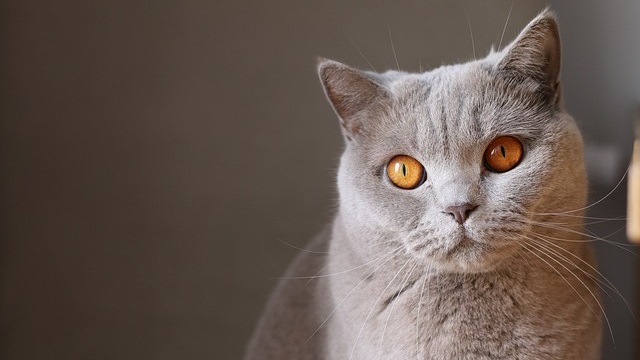
5. Fungal or Bacterial Infections
Fungal and bacterial infections can also cause hair loss in cats. Infections like ringworm, yeast infection, and bacterial skin infections may result in bald patches, red, flaky skin, or lesions on the skin.
- Causes: Ringworm, yeast infections, or bacterial skin infections.
- Symptoms: Circular bald patches, red and flaky skin, or the presence of sores and lesions.
- What you can do: Your vet will likely prescribe antifungal or antibiotic treatments to clear up the infection. Follow their recommendations carefully, as skin infections can be stubborn and take time to heal.
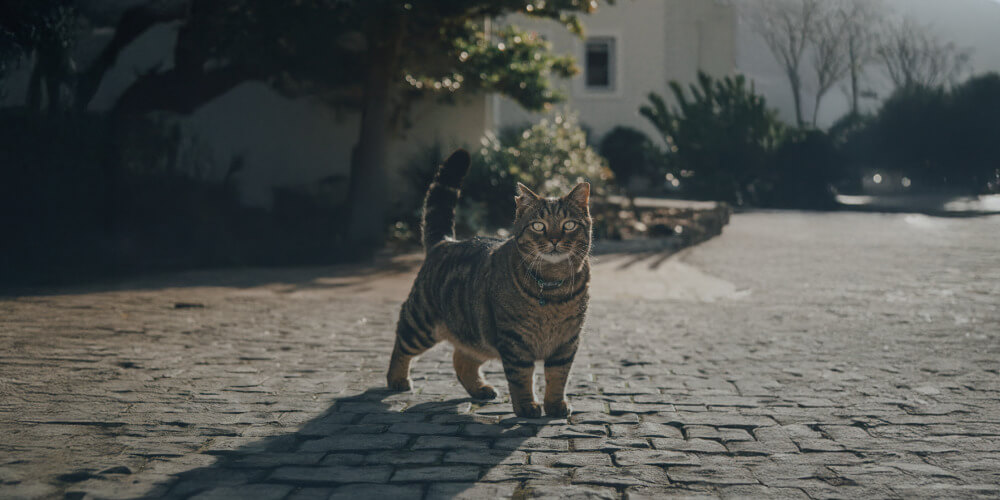

Monitor heart rate, respiratory rate, activity & rest, itch behavior.
6. Nutritional Deficiencies
A poor diet lacking essential nutrients can also lead to hair loss. Cats need specific nutrients, including Omega-3 fatty acids, proteins, and vitamins, for healthy skin and fur. Without these nutrients, your furry friend’s coat may become dry, brittle, or prone to shedding.
- Causes: Poor diet with insufficient fatty acids, proteins, or vitamins.
- Symptoms: Dry, brittle fur, excessive shedding, bald spots, or patchy fur.
- What you can do: Upgrade your cat’s diet to one that is rich in high-quality proteins, essential vitamins, and Omega-3s. Consult your vet for advice on the best diet for your cat’s health and well-being.
When to See a Vet
If your cat’s hair loss is severe, persistent, or accompanied by sores or infections, it’s important to talk to your vet.
Additionally, if you notice symptoms like weight loss, lethargy, or behavior changes, it’s best to seek professional advice. These could indicate a more serious health problem, such as thyroid disease or an infection.
You can rely on Maven Pet to help you monitor your cat’s well-being. This device signals any changes in behavior, helping you identify new symptoms.
By using Maven Pet to record these changes, you can better communicate with your vet and ensure your pet receives proper care.
Pet Wellness is One Monitor Away
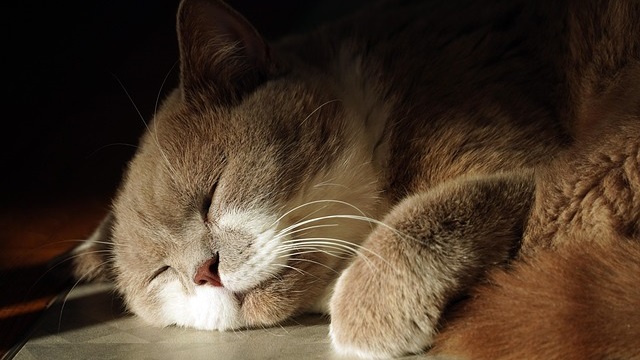
Occasional shedding is normal for cats, but if you’ve been asking, “Why is my cat losing hair?” and the hair loss seems excessive, it may be time to investigate further.
Whether due to allergies, stress, parasites, or other health issues, it’s important to understand the root cause of the hair loss.
Maven Pet Health Monitor is a great way to keep track of your cat’s health and catch potential issues early.
Don’t keep wondering “Why is my cat shedding so much?” – find answers with the help of Maven Pet!
Maven Pet focuses on improving the quality of life of our pets with technology, using artificial intelligence (AI) to enable proactive pet care. By accurately collecting and monitoring pet data 24/7 and flagging any irregularities, Maven Pet empowers pet parents and veterinarians to stay ahead of potential health issues, ensuring the well-being and longevity of our beloved companions.

